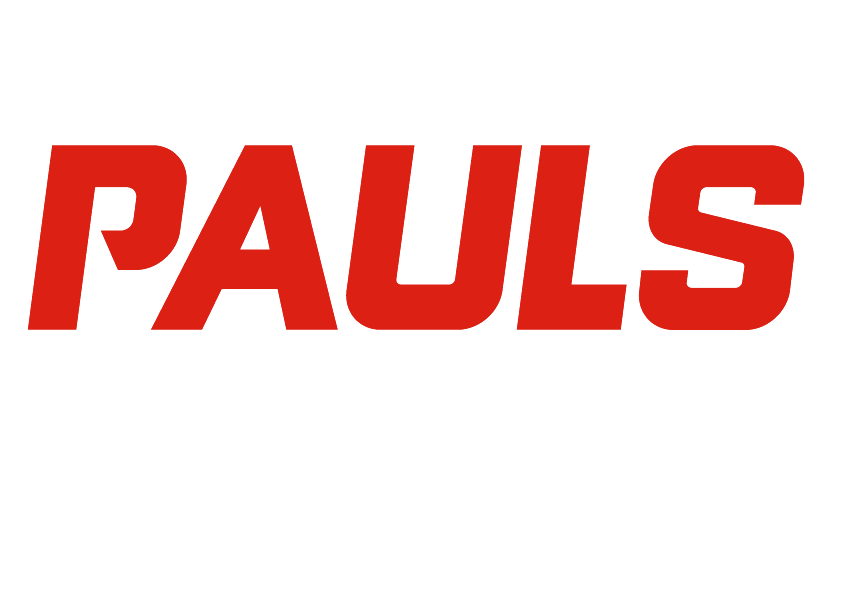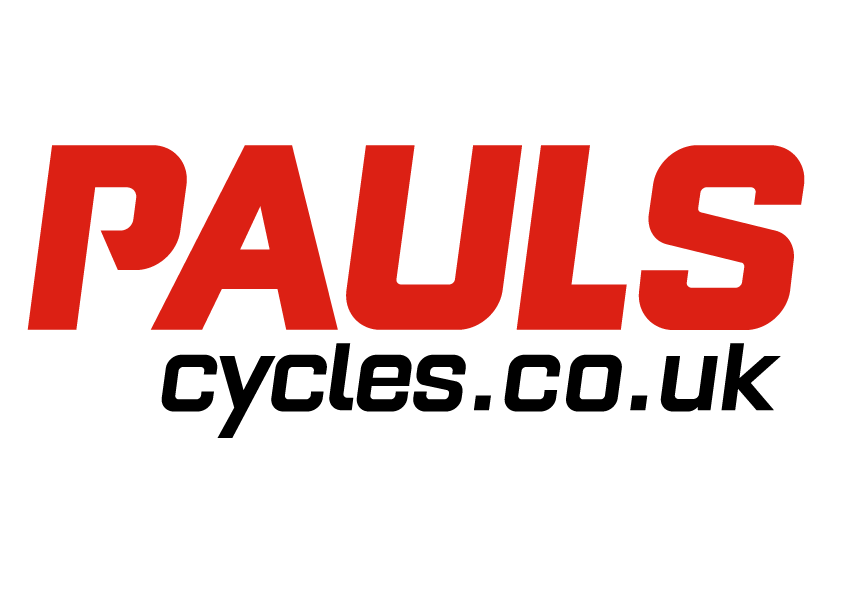When purchasing a mountain bike, the allure of a cheap price tag can be tempting. However, it is important to remember that compromising on quality potentially comes with consequences, including safety risks and long-term repair and replacement costs. Investing wisely will enhance your mountain biking experience and prevent regrets later on! It helps to be informed – we’ll discuss what influences the price of a mountain bike, what variables to consider, and how to shop for the best quality mountain bike.
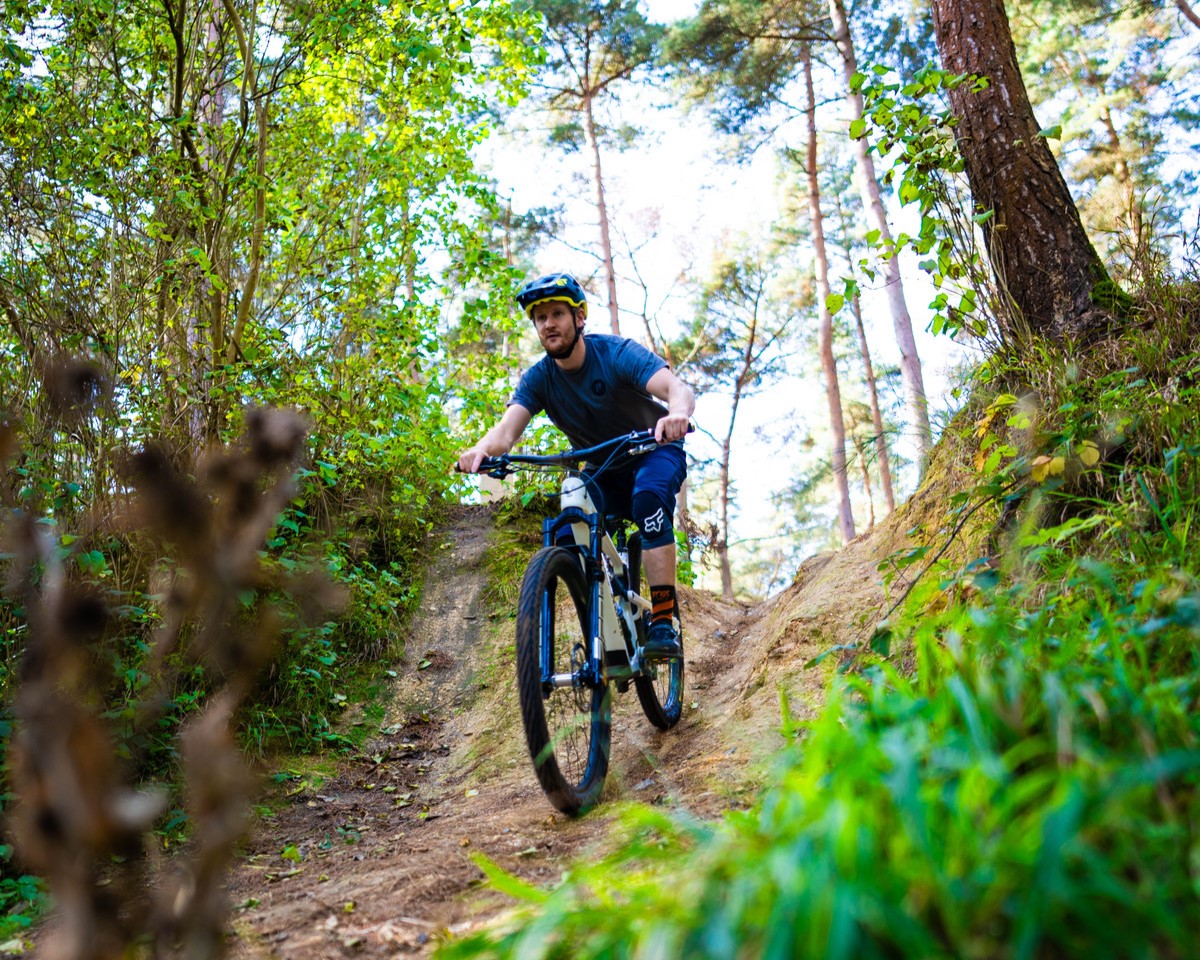
What a Good-Quality Mountain Bike Can Offer You?
A high-quality mountain bike goes beyond its price tag – it provides numerous advantages that directly impact your riding experience. Durability and reliability are paramount in a high-quality bike, as it is designed with robust components and frames that can withstand the rigours of off-road terrain. This ensures your safety and saves you from the inconvenience and expenses of frequent repairs.
Furthermore, a quality mountain bike offers superior performance. Precise handling, responsive braking, and smooth shifting make navigating technical trails more enjoyable and safer. These bikes are engineered to optimise your efficiency and control, boosting your confidence as you conquer challenging terrains.
However, that doesn’t mean you have to invest in the best of everything when it comes to choosing your new ride. It’s important to understand what your needs are, coupled with your budget, to make the right decision.
What should I look for when buying a mountain bike?
Once you’ve decided which type of mountain bike you are after, it’s important to understand what to look for when it comes to bike specifications. These considerations will help you determine what elements to invest in for a quality mountain bike, which are most important for you, and ultimately how much you should expect to spend.
- Frame Design and Material: Research and development costs for cutting-edge frame design and geometry contribute to the overall price. The material used to construct the bike frame also plays a significant role in pricing. High-end mountain bikes often feature frames made from lightweight and durable materials like carbon fibre or high-quality aluminium. These geometry designs and materials contribute to improved performance and reduced weight, the benefits of which will vary depending on riding style, but can increase manufacturing costs. Learn more in our bike frame materials guide.
- Suspension Type: Consider full suspension vs hardtail (aka front) suspension for your riding needs. This will help you determine your budget, with full-suspension bikes offering more comfort on uneven terrain and typically coming with a higher price tag, that varies with the type and quality of the suspension system. Bikes with advanced suspension technology, such as air shocks or adjustable damping, tend to be more expensive.
- Suspension Travel: Take into account the amount of suspension travel your riding style warrants. More travel is suitable for rougher trails, while less travel is sufficient for smoother terrains.
- Wheels & Tyres: Available in several sizes, the most common wheel size these days are 27.5-inch or 29-inch. Generally speaking, 27.5-inch allows for increased manoeuvrability, and better climbs and acceleration whereas 29-inch will accommodate a smoother and more stable ride. High-end mountain bikes may have more lightweight and durable wheelsets, often made of materials like carbon fibre. The type and brand of tyres can affect the bike’s traction, rolling resistance, and overall performance, with premium tyres featuring advanced tread patterns and materials. High-quality hubs and tubeless-ready rims, which reduce the risk of flats, can also contribute to a higher price.
- Brakes: Decide between disc brakes (mechanical or hydraulic) and rim brakes. Hydraulic disc brakes typically provide more stopping power and control and therefore tend to be the better quality = more expensive option.
- Gearing: Consider the number of gears you’ll benefit from – Gears affect the efficiency of your pedalling and enable you to maintain a pedalling speed that is comfortable to you. Your requirements will be determined by your style of riding. Put simply, more gears mean more scope to find your preferred pedalling speed. Gearsets will range from 1x (single chainring) to multi-gear systems. Aside from gearless bikes, you can also choose between manual gearsets, controlled by a gear cable or electronic gearsets, that come with wireless shifters controlled via Bluetooth meaning a higher price tag.
- Warranty and After-Sales Service: Inevitably, things can go wrong even with premium models. Check the warranty in place for the bike and research the standard of after-sales service provided by the manufacturer and the bike shop. It is commonplace for manufacturers to instruct bike shops to handle warranty claims on their behalf.
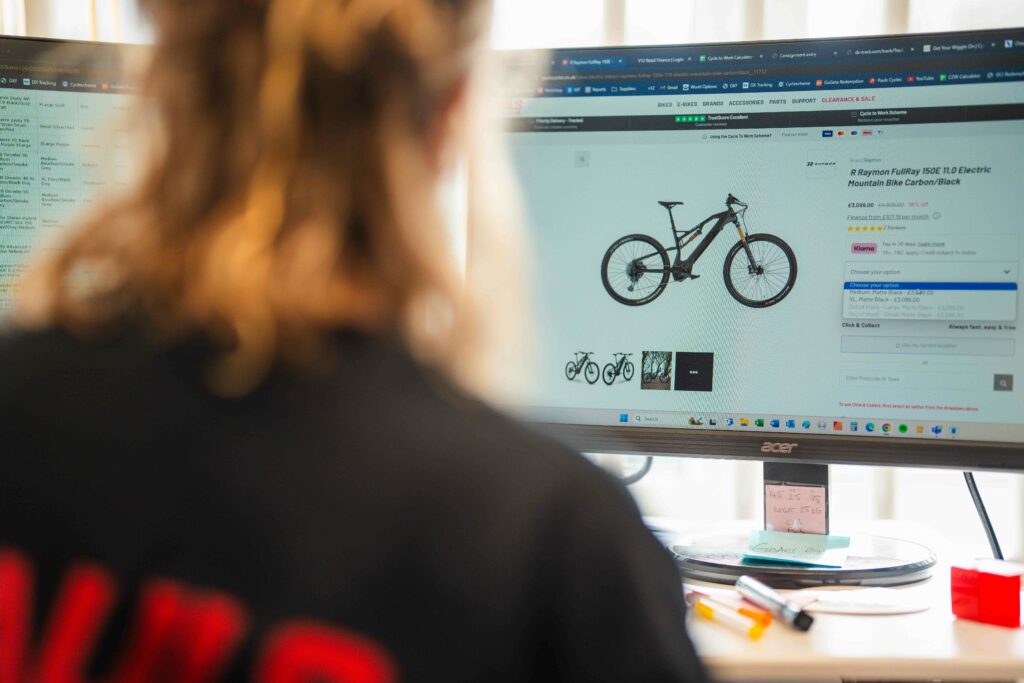
The Risks of Buying Too Cheap
Opting for a cheap vs expensive mountain bike might seem like a cost-effective choice initially, but it comes with inherent risks.
- Increased maintenance and replacement costs: Subpar Components often found on cheap, lower-quality bikes can lead to a host of reliability issues and maintenance requirements or potentially even replacement component costs. This makes it all the more important to understand what suits your needs and where to invest your budget.
- Compromised Build Quality: The frame and overall build may be compromised, impacting the bike’s durability and overall performance. This could lead to safety concerns if riding more demanding terrains.
- Lack of Advanced Features: Cheaper bikes may lack advanced features found in higher-end models, which limits their ability to handle challenging terrain, and ultimately yours. For example, Hydraulic Disc Brakes vs Mechanical Brakes.
- Uncomfortable Design: Cheap bikes may not be as comfortable or ergonomically designed, potentially causing discomfort during longer or rougher rides.
Why Are Mountain Bikes So Expensive Anyway?
Generally speaking, there are options for every budget when it comes to mountain bikes. A higher price tag can be attributed to several factors. Extensive research and development, the use of advanced materials, and the incorporation of innovative technologies all contribute to the overall cost. Additionally, reputable brands conduct thorough testing to ensure their bikes meet stringent safety standards. While the upfront expense may seem significant, sometimes, investing in the right areas a quality mountain bike offers long-term value, making it a worthwhile investment.
What are the benefits of spending more on a mountain bike?
Upgrading to a higher-quality mountain bike can significantly enhance your riding experience and enjoyment on the trail. These bikes offer numerous benefits, such as increased longevity, safety, and reliability thanks to their high-quality components. Advanced suspension systems and frame materials provide better comfort and reduce fatigue, while quality tyres and brakes ensure improved handling and control. Additionally, top-of-the-line derailleurs and shifters deliver smooth, seamless gear changes.
Beyond comfort, safety, and reliability, a crucial but often overlooked benefit is the confidence and capability a suitable mountain bike gives you. This confidence can help you improve your riding skills and tackle more ambitious trails!
It’s important to note that while these elements can contribute to a higher price, there are also budget-friendly mountain bikes available that offer good performance without the premium features found in high-end models. The choice ultimately depends on your preferences, budget, and intended use of the bike.
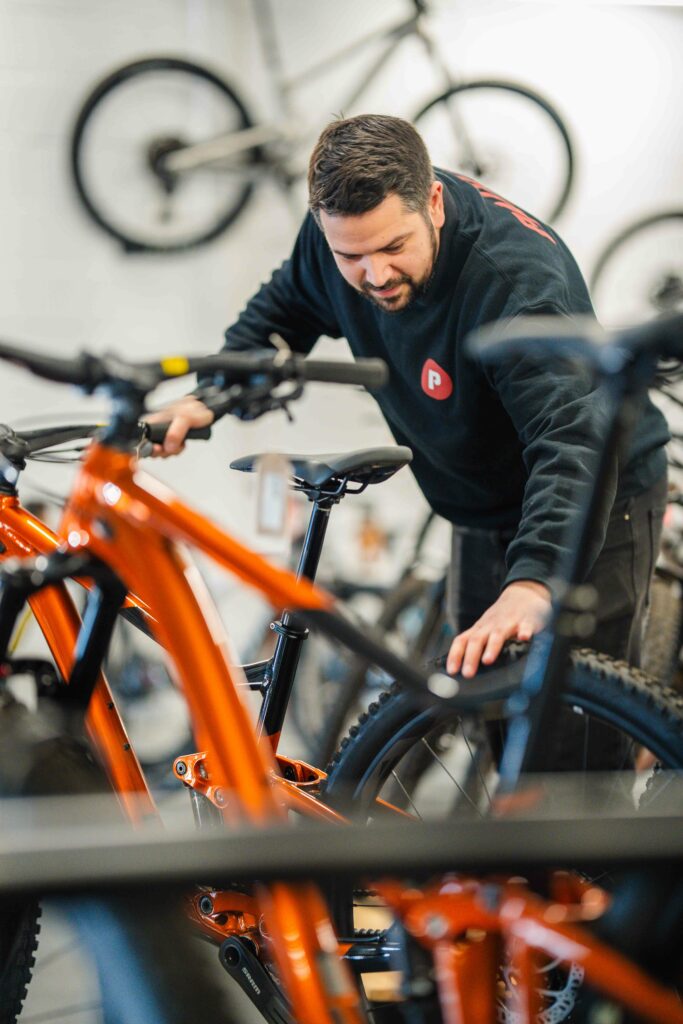
How to Find a Good Value Mountain Bike
Finding a good-value mountain bike doesn’t mean compromising on quality. Consider the following tips on how to make the most of your bike budget:
- Look for a mountain bike sale on older models: Bike manufacturers regularly release updated models, resulting in discounts on previous versions. Capitalise on these opportunities with Pauls Cycles to get great deals on mountain bikes at a more affordable price point.
- Consider an affordable model and upgrade components: If certain features of your bike are not crucial to your needs, so you’d prefer more control over your budget, consider an affordable model and upgrade certain components. You should also consider the build cost, if you do not have the experience to do it yourself.
- Conduct thorough research: You don’t need to become an expert, but be informed. Compare different brands, models, and specifications to have a general idea of what you are seeking and what your budget is. Established and reputable brands often command higher prices due to their track record, research and development investments, and marketing efforts like a Pro Riding Team. Consumers may be willing to pay a premium for the perceived quality and performance associated with certain brands – that doesn’t mean quality isn’t available from smaller, lesser-known brands.
- Seek reliable advice from reputable experts: When it comes to shopping around, customer service is paramount. With years of solid reputation, at Pauls Cycles we offer insightful recommendations and a wide selection, catering to both experienced riders and novices. Trust Pauls Cycles for a straightforward and informed bike-buying experience.
- Explore the second-hand market: High-quality used bikes can often be the best-priced mountain bikes. Seek out reputable sellers, thoroughly inspect the bike’s condition, and ensure it aligns with your specific riding requirements. However, always shop with caution as used bikes can present potential warranty coverage or legal issues/financial losses (if the bike is stolen).
How Pauls Cycles help you get the most out of your budget
At Paul’s Cycles, we’ve been in the business since 1983, bringing years of experience to help you make an informed decision when buying a mountain bike. With no-nonsense, expert advice, we promise the same online support and expertise online as our in-store experience. So, whether you’re a seasoned mountain biker or just starting out, our team of expert (and cycling-obsessed) advisors are on hand to enhance your experience out on the trails!
